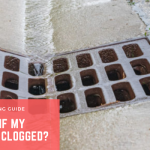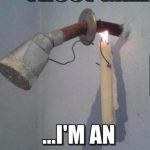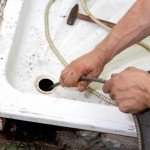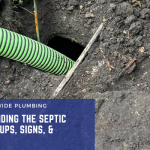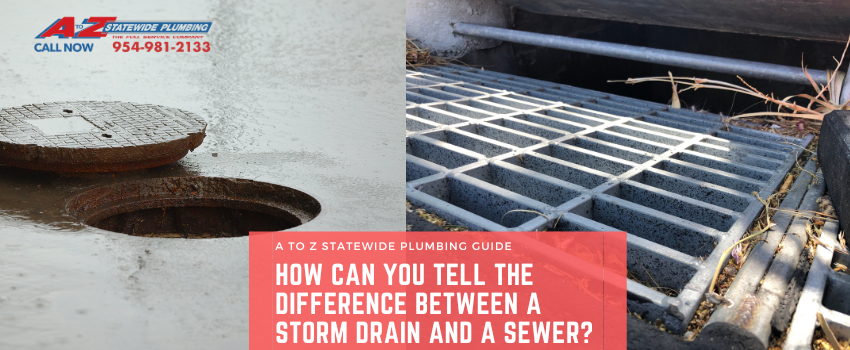
We often are asked about what are main differences between storm drains and sewers. When it comes to drainage systems, it’s important to understand the difference between storm drains and sewers. While they both serve to manage water runoff, they have distinct purposes and should not be confused with one another. In this blog post, we will explain the characteristics and functions of storm drains and sewers, helping you differentiate between the two and understand their importance in maintaining a well-functioning plumbing infrastructure.
Storm Drains
Storm drains are an integral part of a city or municipality’s drainage system. Their primary function is to collect rainwater and surface runoff from streets, sidewalks, and other paved surfaces. Here’s what you need to know about storm drains:
Design and Construction: Storm drains consist of a network of underground pipes that are designed to quickly collect and divert rainwater away from urban areas. They are typically equipped with grates or inlets located on the ground surface, allowing water to flow into the underground drainage system.
Water Management: Storm drains are specifically designed to manage excessive rainfall and prevent flooding on roadways and public areas. They help prevent water accumulation and direct the runoff towards bodies of water, such as rivers, lakes, or retention ponds.
No Wastewater Treatment: It’s crucial to note that storm drains do not connect to wastewater treatment facilities. The water collected by storm drains is considered untreated and may contain pollutants, debris, and other contaminants. Therefore, it’s important to avoid disposing of hazardous materials or dumping waste into storm drains to protect the environment.
Sewers
Sewers, on the other hand, are an underground network of pipes that transport wastewater from homes, businesses, and industrial facilities to treatment plants. Here’s what you should know about sewers:
Collection of Wastewater: Sewers collect and transport wastewater from various sources, including toilets, sinks, showers, and appliances. This wastewater, also known as sanitary sewage, contains both human waste and household wastewater.
Wastewater Treatment: Unlike storm drains, sewers are connected to wastewater treatment plants. The collected wastewater undergoes a treatment process that removes contaminants and impurities before it is safely discharged back into the environment.
Separate Systems: In some areas, there may be separate sewer systems, including sanitary sewers and storm sewers. Sanitary sewers collect and transport wastewater, while storm sewers handle rainwater runoff. These separate systems ensure that wastewater is properly treated before being released into natural water bodies.
Differentiating Between the Two
To differentiate between storm drains and sewers, consider the following characteristics:
Purpose: Storm drains manage rainwater runoff, while sewers handle wastewater from residential, commercial, and industrial sources.
Location: Storm drains are typically found along streets, sidewalks, and parking lots, while sewer lines run beneath residential and commercial properties.
Connections: Storm drains do not connect to wastewater treatment plants, while sewers are directly linked to these facilities.
Understanding the difference between storm drains and sewers is vital for maintaining a functional plumbing infrastructure and protecting the environment. Storm drains are designed to manage rainwater runoff and prevent flooding, while sewers collect and transport wastewater for treatment. By recognizing their distinct purposes, you can help ensure that these systems are used appropriately and contribute to the overall well-being of your community.
At A to Z Statewide Plumbing, we specialize in all aspects of plumbing, including storm drain maintenance, sewer line repairs, and wastewater management. Contact us at 954-981-2133 for professional assistance and expert advice regarding your drainage and plumbing needs.


